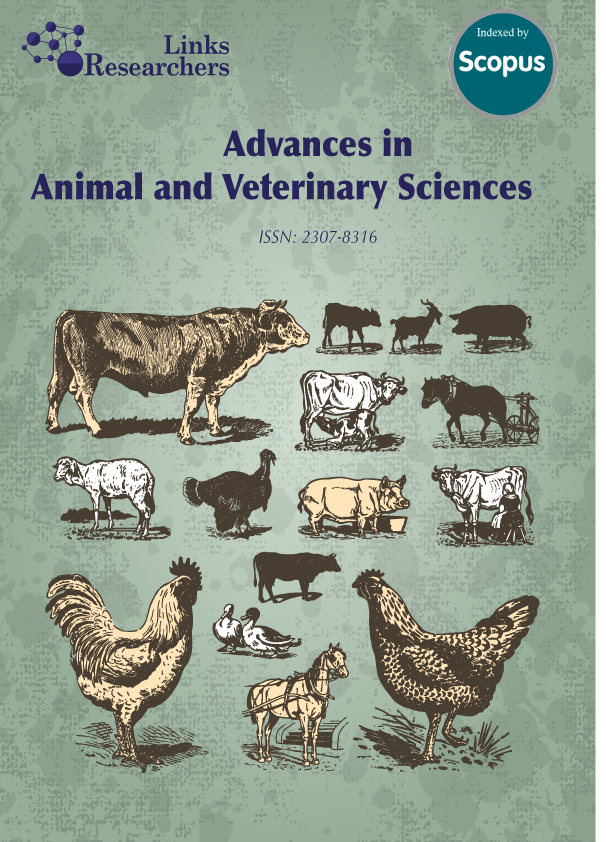Spinal cord injuries are a common cause of permanent neurological deficits, often resulting in severe disabilities such as complete paralysis. Current therapies for spinal cord injury frequently show limited success. This study aims to clinically evaluate the effects of human placenta (HP) and adipose-derived mesenchymal stem cells (ADMSCs) on restoring spinal cord injuries in cats. Twenty-four adult healthy cats were randomly assigned to three equal groups (n = 8 each). Under aseptic conditions, the cats were anesthetized and underwent dorsal laminectomy with left lateral hemisection at the second lumbar vertebra. The control group received no treatment, the placenta powder group was treated with 0.01 mg of HP powder, and the stem cell group received 50 µl (5 x 106 cells) of ADMSCs implanted into the hemisection cavity immediately post-surgery. Motor and sensory functions, including gait, proprioceptive posture, and nociceptive responses, were assessed weekly using the open field locomotor scale from the first week until the 16th week post-operation. Throughout the study, the analysis revealed no significant differences (p < 0.05) in motor and sensory outcomes between the placenta powder and stem cell groups. However, at the 16th week post-surgery, a noteworthy distinction (p ≤ 0.05) in motor and sensory reflexes was observed between the treatment and control groups. These findings suggest that HP powder may have regenerative potential for spinal cord injuries, while AD-MSC transplantation demonstrates greater effectiveness. The results advocate for further exploration of HP powder and AD-MSCs in spinal cord regeneration following hemisection injuries, with implications for clinical application and future research.
Keywords | Spinal cord, Stem cells, Biomaterials, Adipose tissue, cats






